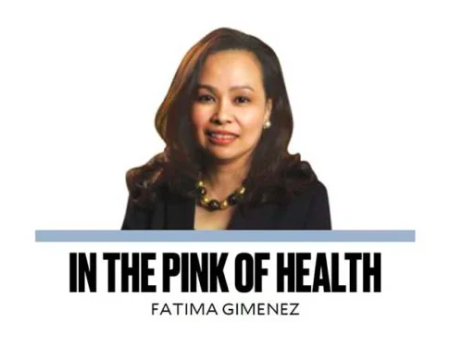Good morning, doctor!” The harassed-looking resident immediately looked up and nervously returned the greeting. She was typing away on her cell phone while navigating the hospital hallway. I was worried that she would get into a minor accident and was equally amazed at her ability to multitask. But more than these was the sad thought of a hard truth, of the influence of gadgets that have single-handedly managed to monopolize one’s attention to the point of being oblivious to one’s surroundings.
Back in the day, it was a notebook, ball pen, calculator, penlight, and beeper that accompanied us on rounds. For case conferences, journal reports and grand rounds, a trip to the library squeezed in on after-duty hours was essential for much-needed references. To be able to properly endorse our patients, it was imperative that we had to physically inform and speak to our consultants and expected to engage in discussions. Fast forward, more than 30 years later, all these have been replaced by the cell phone. Beyond calls and text messages, it serves as a memory bank, enables both participation and access to scientific meetings or conferences, medical literature, virtual libraries, cashless transactions, leisure activities, links one to social media, and recently, artificial intelligence (AI) platforms.
While technology has provided ready access to information and is perceived to have improved connectivity, has it also managed to decrease and blunt the appetite for learning?
Just the other night, a good friend and colleague recounted how amazed he was with ChatGPT when he decided to try it out. His letter of request to the laboratory turned out better than the one he crafted. A teacher in a medical school shared how she had explored its capabilities and, in the process, discovered that the students were using the application based on the similarity of content in their submitted reports. This led to a discussion of the practice of copying, tweaking, and pasting, and the word “shortcut.” Shortcuts, in general, manage to provide instant gratification which heightens its allure, but bypasses the use of faculties for critical thinking. While the application may provide the framework, the information generated is superficial for one who is an expert on the subject at hand. Despite being a repository of a huge amount of information, a capacity that is not humanly possible, it fails to give answers for problems that require thorough analysis, reflection, and eventually, a much-needed decision that will ultimately guide one’s action. There is no existing algorithm for this. We ended up by agreeing that overall, technology can be beneficial and be used as an ally if recognized for its real contribution to learning, but there is a need to regulate its use and be aware of the hidden dangers it may pose, foremost, blind dependence.
There has been a lot of talk with regard to artificial intelligence overtaking the need for doctors. I stop here and invite you to pause and reflect on a recent exchange, personally witnessed in a hospital hallway one busy Saturday afternoon.
“Doctor, it’s so nice to see you again!”
May I then ask you to imagine and list the elements that you think may have contributed to the building of their relationship? Definitely, it wouldn’t have come about if the patient just decided to Google or use ChatGPT in finding answers. In providing medical advice, not only is critical thinking involved in dictating a doctor’s course of action. Through the course of communicating the subsequent plan, a lot of human emotions come into play and it is never one-sided. Healing is a complex process. Words written or spoken serve not only to inform and reaffirm, but also provide the needed assurance and are never a standalone. It is essential to compliment it with human touch which fills the gap to express what is left unspoken. That has always been part and parcel of the prescription. Nothing artificial about this.
timgim_67@yahoo.com


